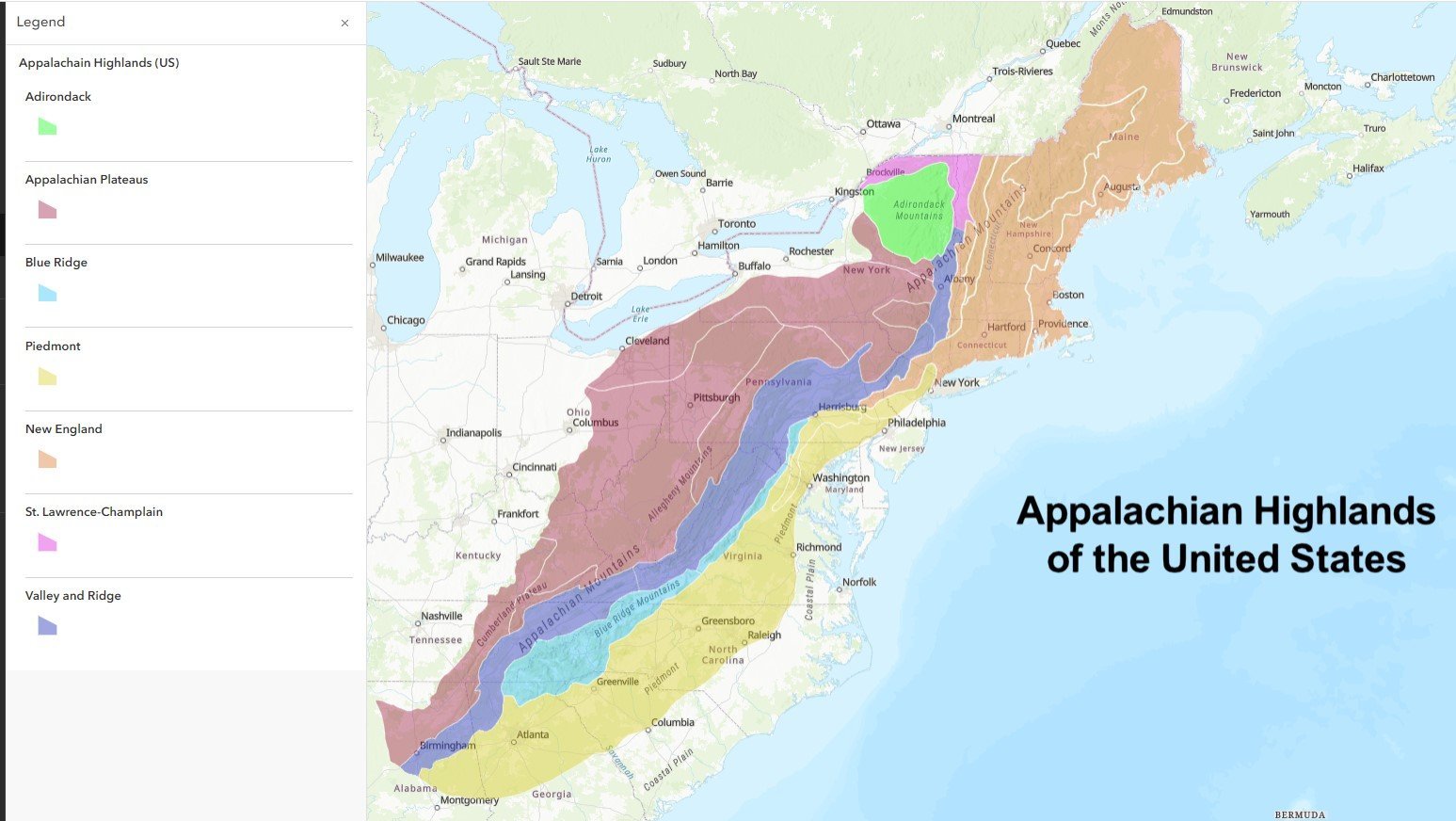The Appalachian Trail offers hikers and nature enthusiasts a remarkable collection of hidden swimming holes nestled within the mountain landscape. These natural water retreats provide refreshing escapes, combining scenic beauty with cool mountain waters, ranging from cascading waterfalls to secluded pools that offer adventurers a perfect respite during challenging trail journeys.
What Makes Appalachian Trail Swimming Holes Unique?

Mountain swimming holes along the Appalachian Trail are more than just water destinations – they’re extraordinary natural experiences. These aquatic havens are characterized by:
- Crystal-clear mountain waters
- Stunning geological formations
- Surrounding wilderness landscapes
- Varying water depths and temperatures
- Proximity to hiking trails
Where Can Hikers Find the Best Swimming Spots?
| Swimming Hole | Location | Water Characteristics | Difficulty Access |
|---|---|---|---|
| Elk River Falls | North Carolina | 50-foot waterfall, cold water | Easy |
| Rip Rap Swimming Hole | Shenandoah National Park | 50-foot wide pool | Moderate |
| Hunt Fish Falls | Carolina Hemlocks | 15-foot deep pool | Easy |
| Midnight Hole | Great Smoky Mountains | Deep, cold water | Moderate |
| Emerald Pond | George Washington Forest | Spring-fed, warmer waters | Moderate |
How to Prepare for Mountain Swimming Adventures?

Preparing for Appalachian Trail swimming holes requires careful planning:
- Essential Gear Checklist:
- Water-resistant hiking shoes
- Quick-dry towels
- Waterproof first aid kit
- Swimwear
- Hydration pack
-
Sun protection
-
Safety Considerations:
- Check water conditions before swimming
- Avoid jumping from unknown heights
- Watch for strong currents
- Inform someone about your hiking route
What Are the Top Safety Recommendations?
Mountain swimming environments present unique challenges. Hikers should:
- Never swim alone
- Assess water depth carefully
- Check local park regulations
- Carry emergency communication devices
- Understand basic water rescue techniques
How Do Weather Conditions Impact Swimming?
Weather significantly influences swimming hole experiences:
- Spring: High water flow, cooler temperatures
- Summer: Optimal swimming conditions
- Fall: Reduced water levels, cooler temperatures
- Winter: Not recommended for swimming
What Navigation Skills Are Required?
Accessing Appalachian Trail swimming holes often requires:
- Basic trail navigation skills
- GPS or detailed topographic maps
- Understanding trail difficulty ratings
- Knowledge of local terrain
Pro Tips for Mountain Swimming
- Start early to avoid crowded spots
- Pack lightweight, quick-drying clothing
- Bring water purification methods
- Respect environmental preservation guidelines
Recommended Hiking Routes to Swimming Holes
Each swimming location offers unique hiking experiences:
- Elk River Falls: Short, easy trail
- Rip Rap Swimming Hole: 3.5-mile moderate trail
- Hunt Fish Falls: Simple campground access
- Midnight Hole: 1.5-mile moderate trail
- Emerald Pond: 3-mile challenging route
Final Thoughts on Appalachian Trail Swimming Holes
Mountain swimming holes represent more than recreational spots – they’re gateways to experiencing the raw beauty of Appalachian wilderness. Proper preparation, respect for nature, and adventurous spirit transform these locations into unforgettable experiences.

